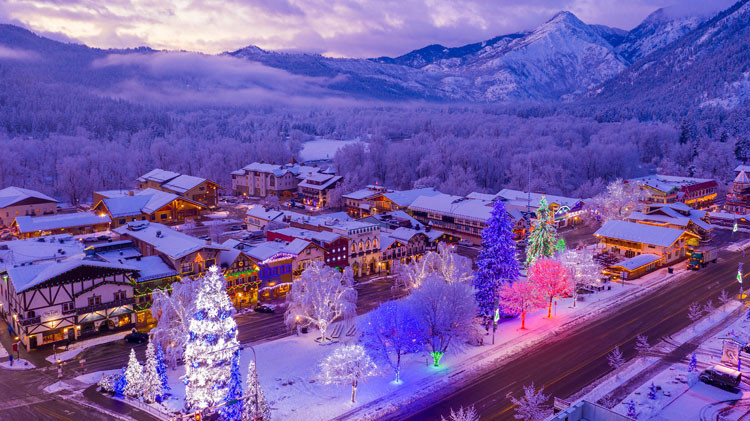Winter Reading Program
December 19th
Sounders
9 am - 2:30 pm
December 19th
Busy Babies Group
10 am - 12 pm
December 19th
December 20th
Sporting Clays
December 20th
Winter Reading Program
December 20th
Texas Hold 'em Tournament
2 pm - 4 pm
December 20th
Rock n' Glow Bowling
4 pm - 9 pm
December 20th
Anime Night
7 pm - 11:30 pm
December 20th
December 21st
Winter Reading Program
December 21st
Pizza & Bowling
12 pm - 6 pm
December 21st
December 22nd
Winter Reading Program
December 22nd
EFMP Family Support - Family Fusion Playgroup
Explore, play, learn, and relax among other EFMP Families.
10 am - 11:30 am
December 22nd
Little Wiggles & Words
10 am - 11 am
December 22nd
Nerd Night
2 pm - 5 pm
December 22nd
Paint the Wild
4:30 pm - 5:30 pm
December 22nd
December 23rd
Winter Reading Program
December 23rd
Sounders
9 am - 2:30 pm
December 23rd
Yoga with Pui
10 am - 11 am
December 23rd
Storytime at McChord Library
11 am
December 23rd
STEMposium
3 pm - 5 pm
December 23rd
December 24th
Winter Reading Program
December 24th
Sounders
9 am - 2:30 pm
December 24th
Storytime at Grandstaff Library
10 am
December 24th
Teen Time
5 pm - 6 pm
December 24th
Trivia Night
7 pm - 9 pm
December 24th
December 25th
Holiday Hours
December 25th
Winter Reading Program
December 25th
LEGO Club
2 pm - 3 pm
December 25th


